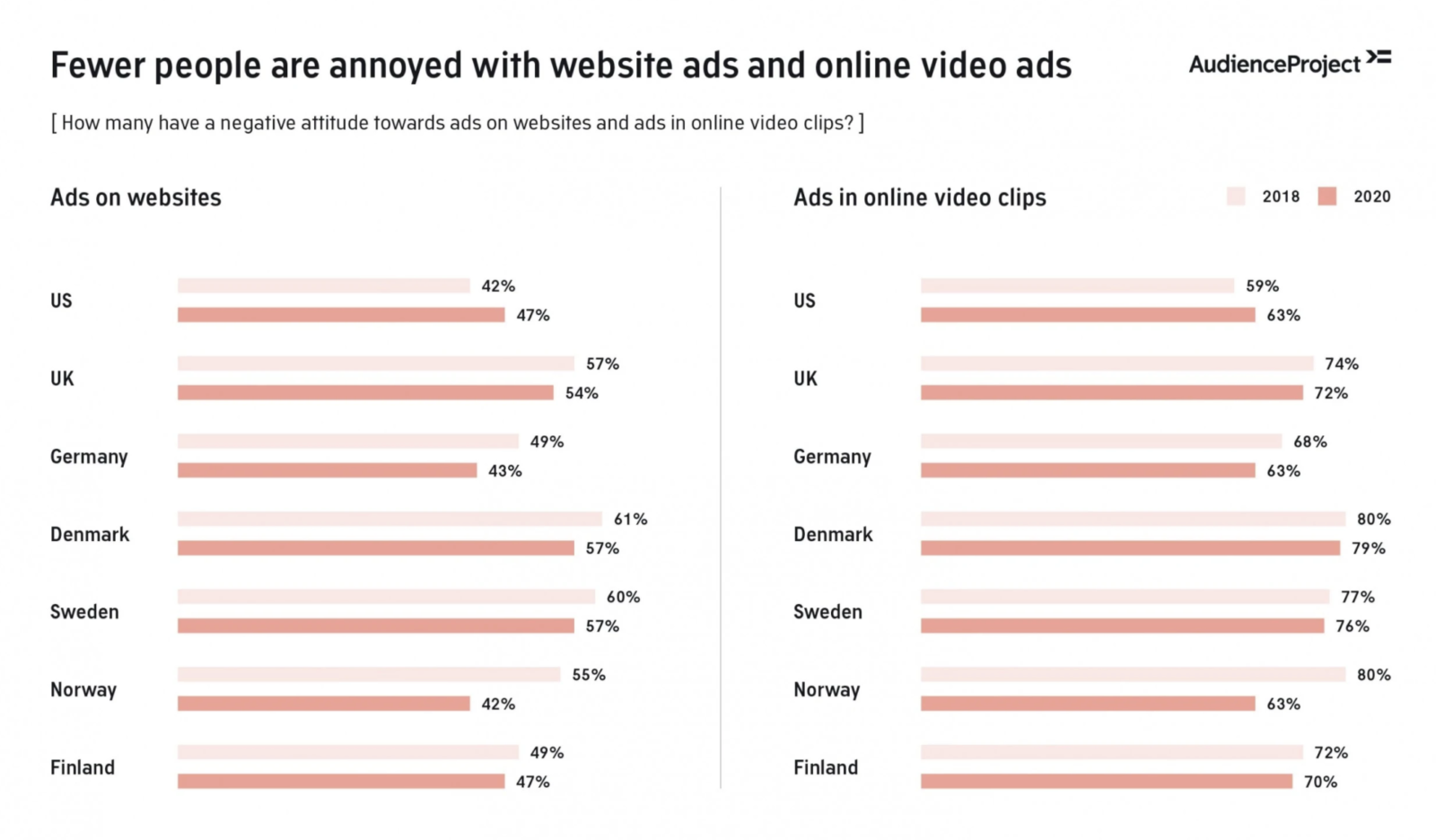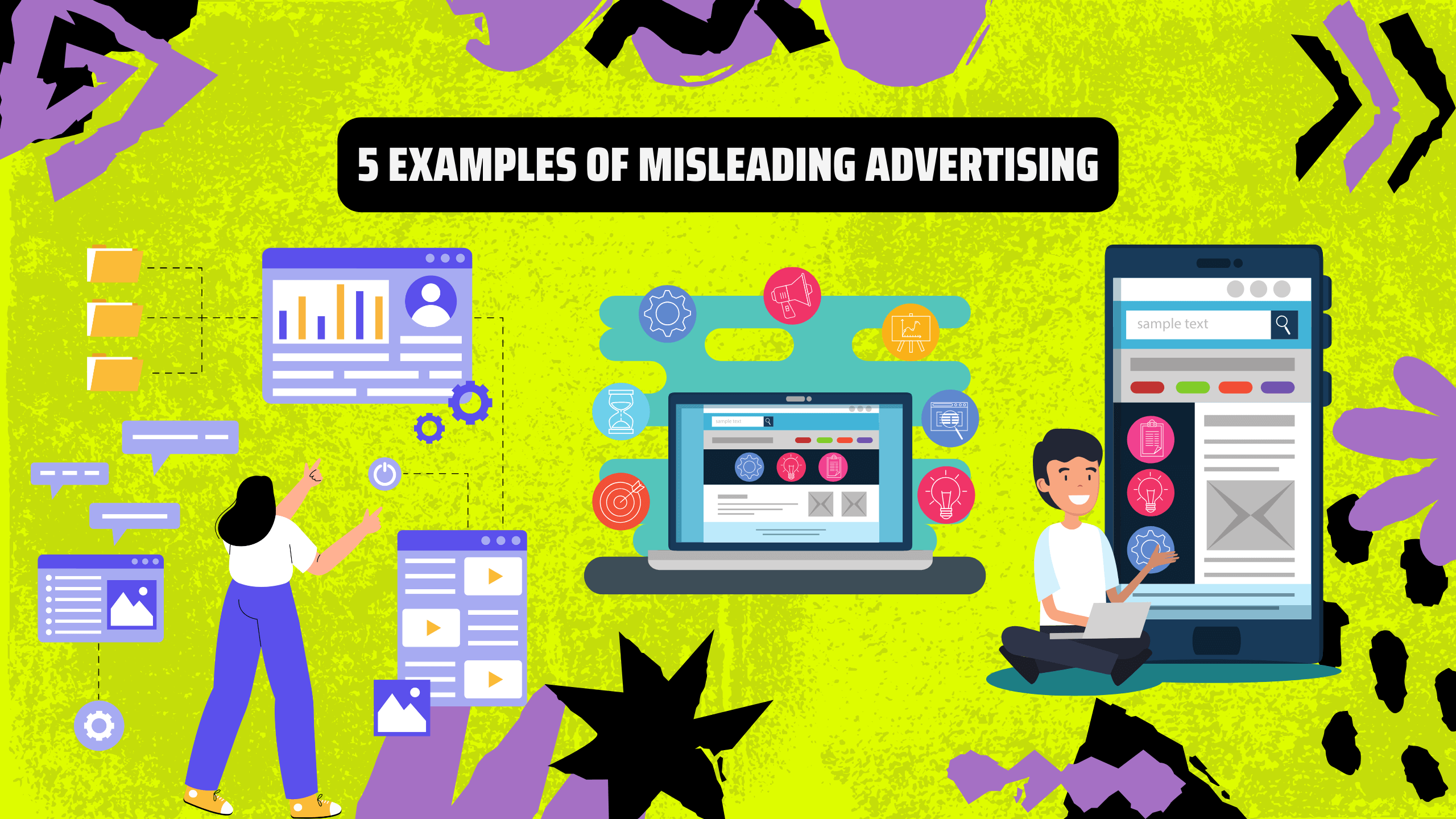Who is Using Ad Blockers?
According to eMarketer, in the U.S. the usage of ad blockers is fairly evenly split between males and females. The highest usage tends to be in the 18-to-24-year-old age range, while usage decreases for people less than 12 or 65 and older.
In a recent analysis, SurfShark analyzed which countries were most interested in ad-blocking technologies.
They did this by creating a list of ad blocking technology brands and terms and then monitoring the Google search volume for those terms in various countries around the world. They then created an index comparing the number of monthly searches to internet users by country. As a roll-up, SurfShark identified Europe as having the highest ad blocker search volume per capita in Europe, followed by Asia in second and North America in third.
Breaking that down a bit further, SurfShark found that France had the highest search volume per capita for ad-blocking software.
Surfshark found 579 searches per 100,000 French internet users, compared to 510 for second-placed Sweden.
Nine of the ten countries that showed the most interest in ad blockers are in Europe with Canada sliding in as number nine, as the only country outside of Europe that made the top ten.
Note that there were a few countries that weren’t included in the study: perhaps most notably China and Hong Kong.
It’s also worth noting that only Google data was analyzed, so some countries may be under indexed if searches happened on other popular search engines.
Figure 3: The Top 10 Countries with An Interest in Ad Blockers According to SurfShark
Why Are Users Blocking Ads?
According to GlobalWebIndex, the main motivators for users of ad blockers were, in this order:
- Too many ads.
- Ads that are annoying or irrelevant.
- Ads that are too intrusive.
- Concerns that ads contain viruses.
- Dislike for personalized ads.
The number of ads can be annoying for users for many reasons, one of which is that they can be disruptive to the UX of the content that they’re consuming.
Ads that are annoying or irrelevant seem to be a fairly pervasive issue, as well.
According to AudienceProject’s study, the majority of people in nearly every country surveyed felt that ads were relevant to them.
Norway was the only country surveyed that had fewer than 50% report that ads were not relevant, but the responses still don’t paint a pretty picture.
There, 48% felt ads were not relevant, while 37% were neutral, 12% felt ads were relevant and the remaining 3% responded with “don’t know.”
Figure 4: According to AudienceReport, the majority of users surveyed found ads to be irrelevant
Ad Blocking Trends
Research seems to confirm that adblocker usage isn’t growing as quickly as it once was. An eMarketer study indicates that while adblocker usage is still increasing, the year-over-year increases as a percentage are smaller than in prior years.
This jives with AudienceProject’s assessment that indicated that lower percentages of people were annoyed with ads in 2020 as compared to 2018.
This was true in nearly every country outside of the United States.

Figure 5: AudienceProject’s Study Found a Lower Percentage of People Were Annoyed by Ads in 2020 Than 2018
Sources:
- Global Ad Blocking, SurfShark Global Ad Blocking Behavior,
- Global Web Index US Ad Blocking Users, eMarketer
- US Ad Blocking by Demographic, eMarketer
- Has Ad Blocking Peaked, AudienceProject
For information about the cooperation, please send to email: [email protected]










